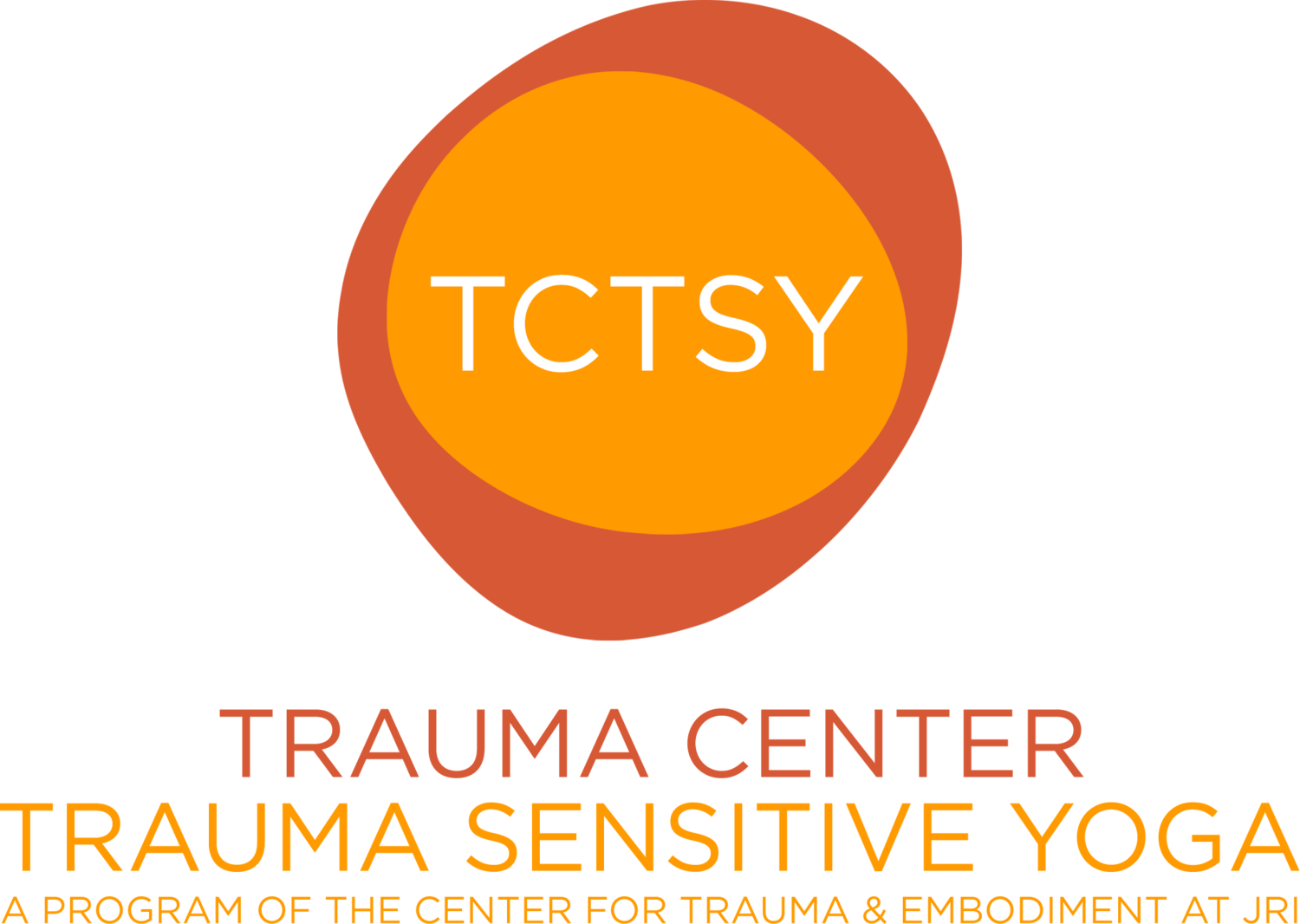Josefin Wikström: TCTSY & Prison Yoga Project
Weekly I witness men and women in what is for many the most difficult situation of their lives finding methods from a regular yoga practice for transformation, for a sense of hope and belonging and many report feeling free yet confined.
I have been working with facilitating yoga classes within high security prisons here in Sweden for the past 14 years and have been a part of the Prison Yoga Project (PYP) international training team since 2016.
Many or most of the women and men we meet in our regular weekly classes are coming from adverse childhood experiences and complex trauma backgrounds with a high prevalence of mental health and addiction issues.
“I feel and observe the powerful effects from sharing an experience within these groups through the body, wordlessly. ”
With the intention of learning more about the impact from trauma and how to provide safe and accessible practices I reached out to the trauma community who has been very supportive to our projects. I completed my TCTSY-F training in 2018 and the Traumatic Stress studies certification course with The trauma Centre in Boston the year before.
Our methodology within the Prison Yoga Project (PYP) is a trauma- informed mindfulness based yoga that provides practical tools for self regulation and impulse control as a means of self-empowerment and self-rehabilitation inside correctional institutions internationally.
Our method is adapted after the unique environment and psychosocial structures presented in a prison with ongoing stress, lack of safety, predictability and control, we are calling this “trauma on simmer”.
Our aim is to reduce the physical, mental, and emotional impacts and healthcare costs associated with stress and unresolved trauma. In our work we experience how a regular yoga practice has the potential to increase self-awareness, self-worth, empathy, and compassion that leads to positive personal and pro-social choices and can foster a more peaceful and a more humane incarceration environment for incarcerated people and staff.
Something that the three published studies from our randomised research trial on the national yoga program called Krimyoga within the Swedish probation services also showed.
Our research shows that regular yoga practice is associated with an increased level of impulse control, attenuation of aggression and antisocial behaviors (Kerekes et al., 2017), and with a significantly decreased level of paranoid ideations (Sfendla et al., 2018). Each of these phenomena is a key variable related to criminal behavior. Furthermore, improvements on variables that can increase offenders’ abilities to participate in treatments have also been observed, for example that yoga significantly can increase positive and decrease negative emotional states, sustain attention (Kerekes et al., 2017), decrease depression, anxiety and obsession (Sfendla et al., 2018), and very importantly, can increase personality dimensions, that can be interpreted as character maturity (Kerekes et al, 2019).
The TCTSY training and method has been beneficial especially when facilitating yoga for incarcerated people with severe PTSD, psychosis and schizophrenia inside the psychiatry units and forensic psychiatry here in Sweden.
I feel and observe the powerful effects from sharing an experience within these groups through the body, wordlessly.
For many this is a new experience, also being invited to participate at your own pace and to make an active choice for themselves.
“Our method is adapted after the unique environment and psychosocial structures presented in a prison with ongoing stress, lack of safety, predictability and control, we are calling this “trauma on simmer”.”
When feeling and experiencing their bodies as moving and holding yoga poses and not as something holding harm or that inflicted harm on others has for many provided a feeling of self-empathy and self worth.
For me it is always a very emotional moment when seeing many of the participants starting to feel safe in the group and when a sense of agency and control over their bodies is starting to arise.
The trust being built from our teachers turning up weekly without judgement and fear provides an extra layer of a human connection that has the potential to impact individuals including our teachers on a very deep and profound emotional level.
If we can observe this inside the difficult and controlled environment of a prison the effects from these practices have a massive potential on the outside.
References:
Kerekes N, et al. (2017) Yoga in correctional settings: A randomized controlled study. Frontiers Psychiatry 2017 Oct 16;8:204.
Kerekes N, et.al. (2018): The Prison Adjusted Measure of Aggression (PAMA): Psychometric Characteristics of a New Tool Measuring Change in Aggressive Behaviors in Correctional Settings. Psychiatric Research, 263; 130-138.
Kerekes N, et al. (2019) Imprisoning yoga: Yoga practice may increase the character maturity of male prison inmates. Frontiers in Psychiatry 2019 May
Sfendla A, et al (2018) Yoga practice reduces the psychological distress levels of prison inmates Frontiers in Psychiatry 9:407


